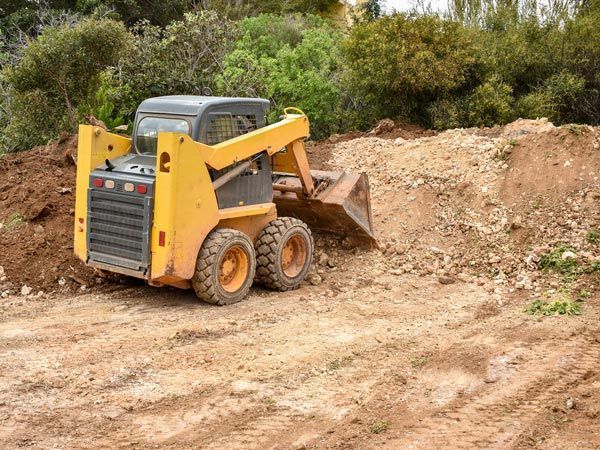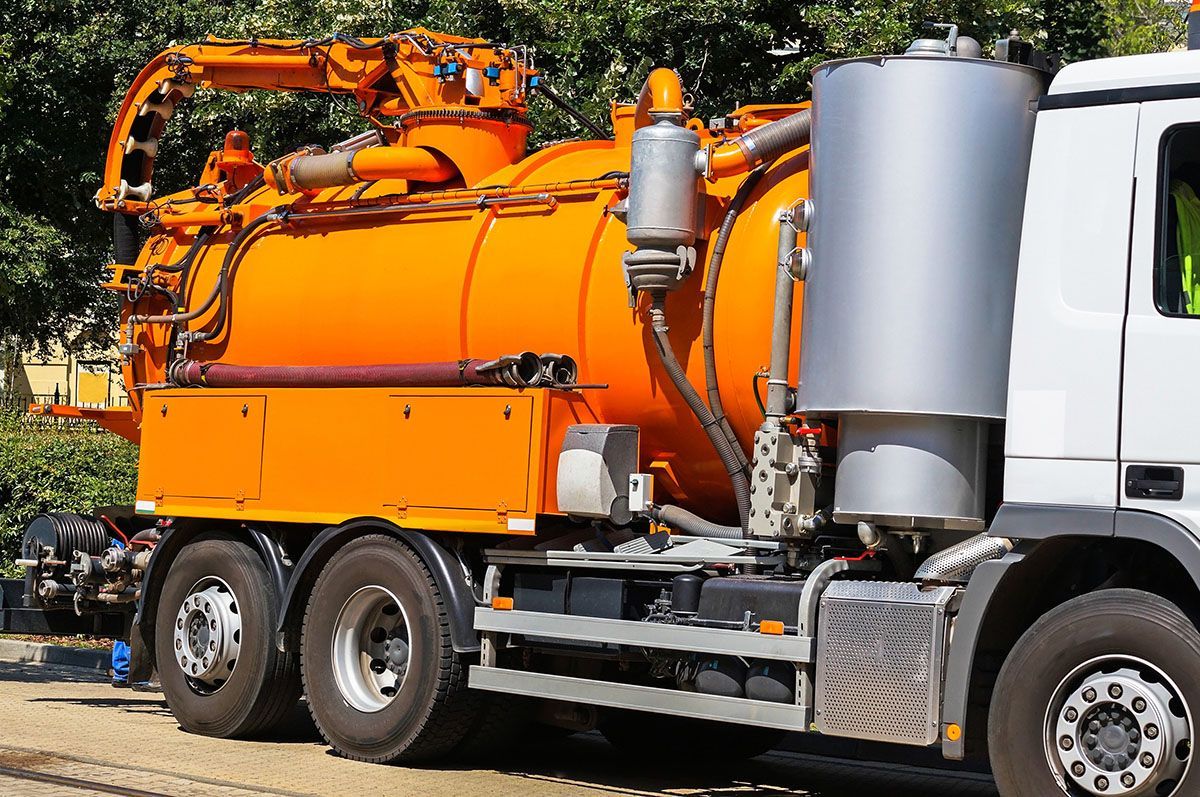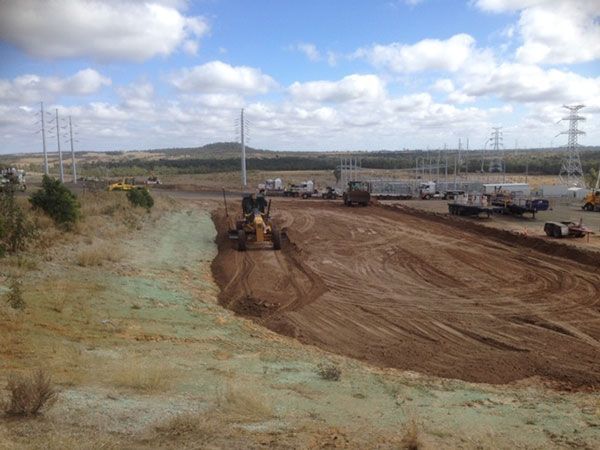What does site rehabilitation involve?
When a site like a mine, dump or dam is no longer fit for its intended use, the land area can be rehabilitated to resemble its state before the site was built. This way, land can be reused for different purposes. Land rehabilitation is generally implemented after other events to restore a natural environment without using it again.
Who rehabilitates sites?
In most instances, the company using the site must organise site rehabilitation. Mining companies must acquire a rehabilitation security bond before activities begin and are regulated by state and federal governments to follow through on this agreement. Geologists, engineers, toxicologists, public health scientists and technical support personnel can all be employed to work on rehabilitating the land. Often, soil and planting companies will work on-site rehabilitation by replanting native vegetation on topsoil or soil cover to prevent erosion.
How do you rehabilitate a site?
Waste Dumps - Contour and flatten the land to prevent erosion.
Landfills - Cover the landfill with topsoil and plant native vegetation to prevent erosion.
Dumps - Plant native vegetation and fence off the site so livestock don’t graze on the vegetation. When livestock reduces the amount of vegetation, the plant root system is less effective in consolidating the soil (and preventing erosion).
Open Pit Mines - Surround with a fence and leave it to fill with rainwater/ groundwater.
Tailings Dams - Leave to evaporate then cover with rock, clay and soil.
General Tips for Site Rehabilitation
- Cover any sulphides with a layer of clay or it will react with air and water to create sulfuric acid.
- Revegetate with healthy, sustainable, native plants that support the existing ecosystem around the site. Revegetate with a variety of plants and depth of plant roots – a plant root system holds together soil to prevent erosion.
- You don’t always have to remove plant or infrastructure. If the site has cultural heritage or value that outweighs the destructive nature of the plant or infrastructure, you can restore the site around it and gentrify it instead.
- If rehabilitating a mine, you may not have to fill it completely. Just because the ore you wanted from it has run out doesn’t mean it doesn’t have other uses. See if someone wants to use it for heat extraction, water harvesting or methane recovery. If so, you can rehabilitate around these needs.
- Erosion is your worst enemy. When rehabilitating a site, you want the land to be useable afterwards. Erosion takes away the topsoil and anything you filled or covered the site with, re-exposing elements that not only damage the environment but negatively impact the next use for the land. Prevent erosion over almost anything else.
Contact Equipped Civil & Earthmoving
To organise site rehabilitation for your project site, reach out to the team at Equipped Civil & Earthmoving today. We provide a range of services and plant hire across South East Queensland including Dalby, Ipswich, Toowoomba, Brisbane, Gold Coast, Warwick and Chinchilla. Get a free quote today by giving us a call or filling out our online form.



